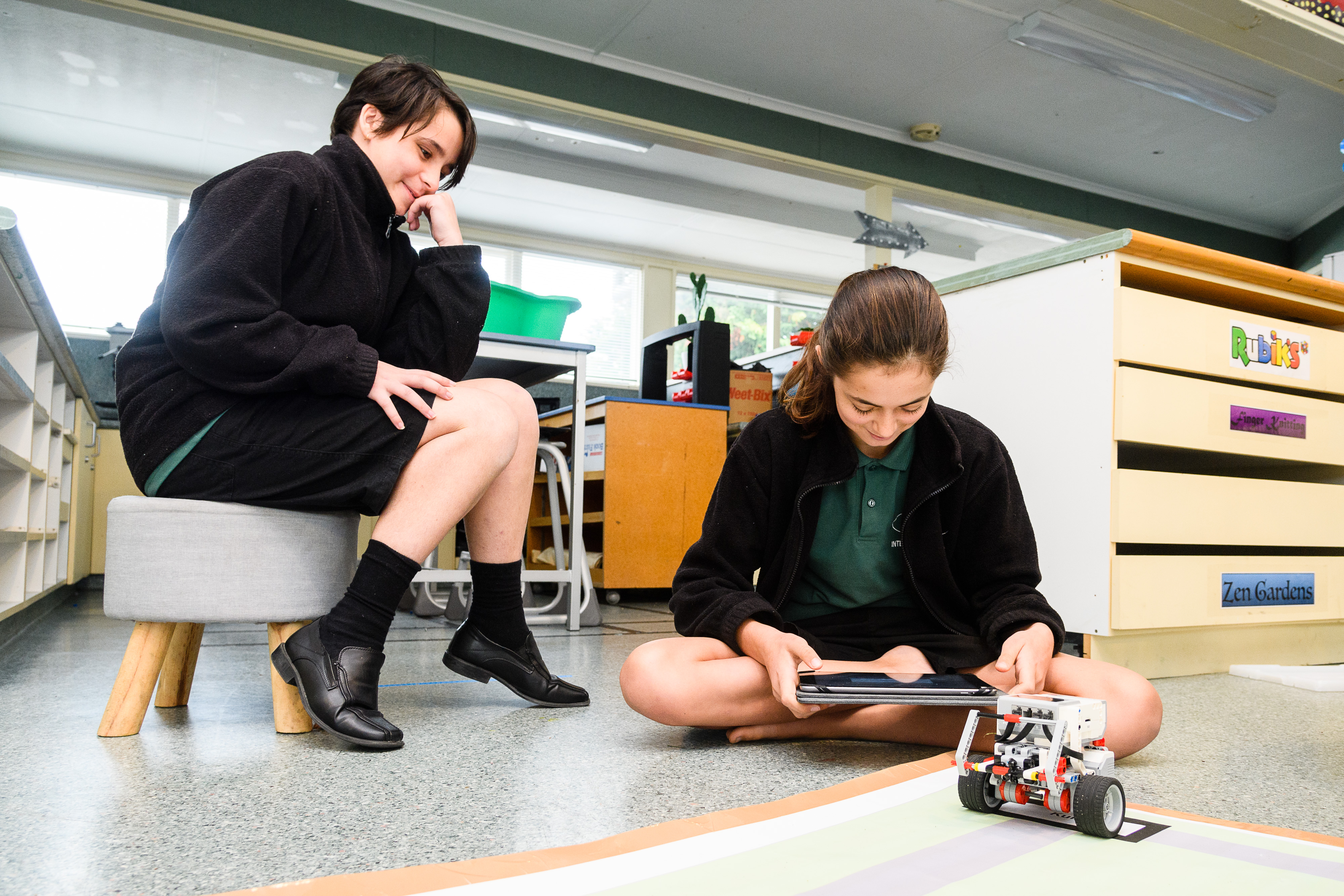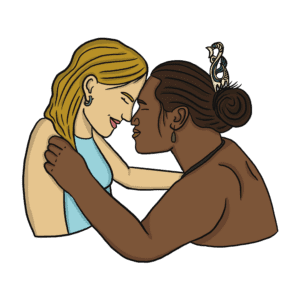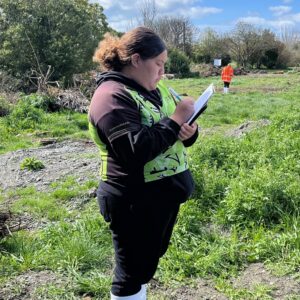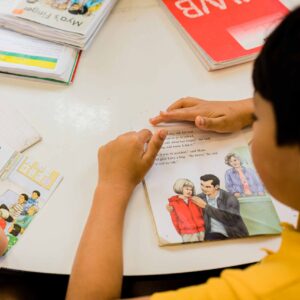The day Ako meets with Liam Rutherford to talk about the new digital technologies curriculum, he’s mulling over the implications of the latest announcement from Google.
As a tech-savvy teacher at Palmerston North’s Ross Intermediate and recent representative for NZEI Te Riu Roa on the Ministry’s Implementation Enablement Group, Rutherford has again been reminded that technology and the teaching of it can’t be future-proofed.
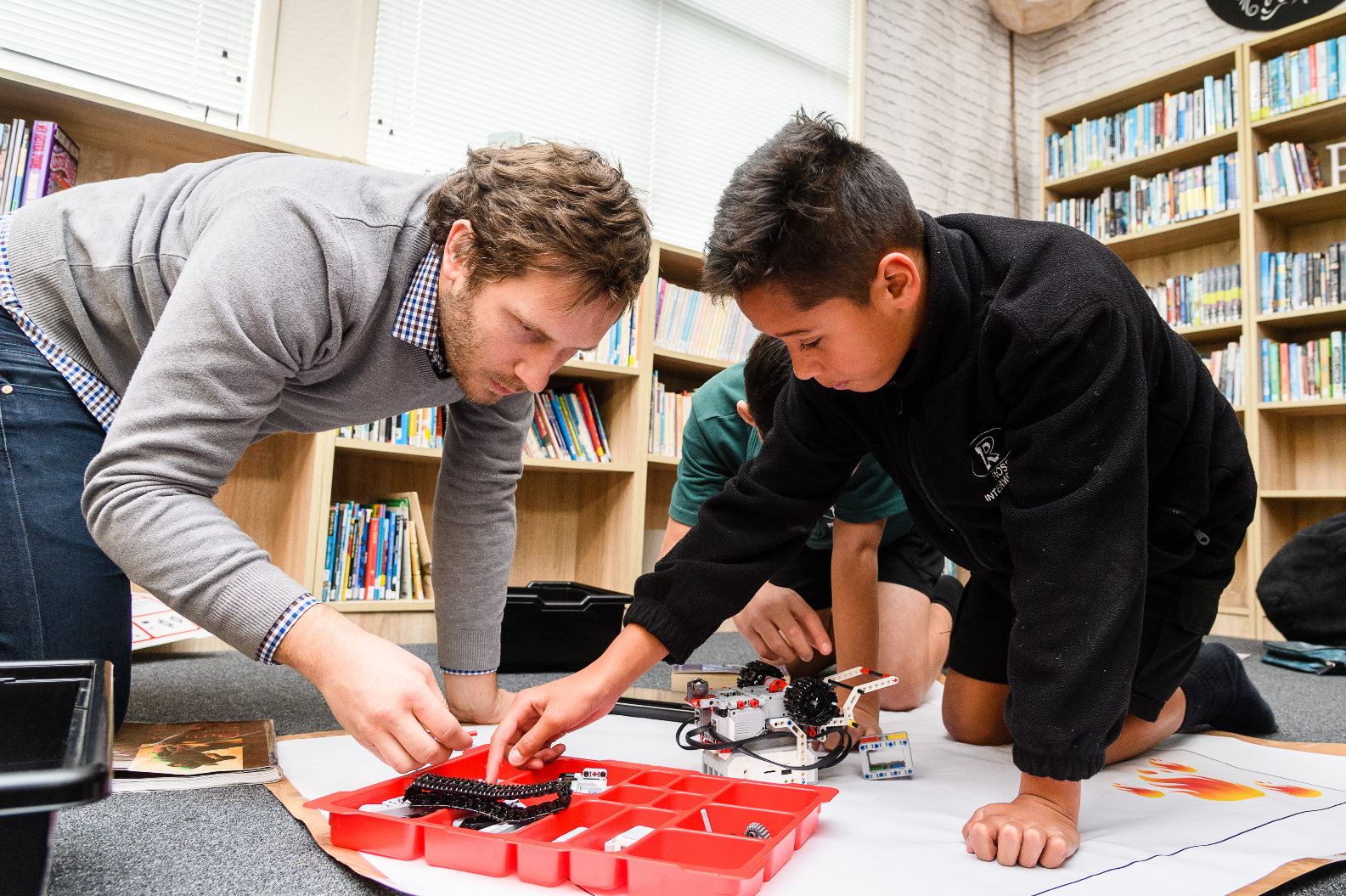
The internet technology giant had just announced a new artificial intelligence development that would allow users to send a text asking, for example, that a hair appointment be made at a certain time and place. The phone will call the hairdresser and an artificial intelligence would book the appointment.
“You are then going to get to a point where the hairdressers are employing the same technology, and you’ve got two artificial intelligences talking to one another, booking me in for a haircut,” he says.
“This stuff is being announced now. Where’s this going to be in 10 years?”
Into this fast-changing world comes the Digital Technologies and Hangarau Matihiko curriculum, designed to “prepare [students] now to adapt to technology and jobs that have not yet been invented – robotics, artificial intelligence, nanotechnology and advances in connectivity.”
It’s a noble and timely goal, and Rutherford is widely supportive of the changes, which have introduced two new areas to the technology curriculum.
“One is around the kind of logical thinking that has clear links to algebra, and patterns, and all that stuff. Then the other one is around how you can use a digital tool to solve an outcome. And so, for me, who is really passionate about enquiry-based approaches, I really like it, because it is giving teachers another opportunity to look at outcomes, it has opened up the pathway of using digital ways to do that. So, in practice, it integrates well into the wider curriculum, and this move towards project-based, and play-based learning.”
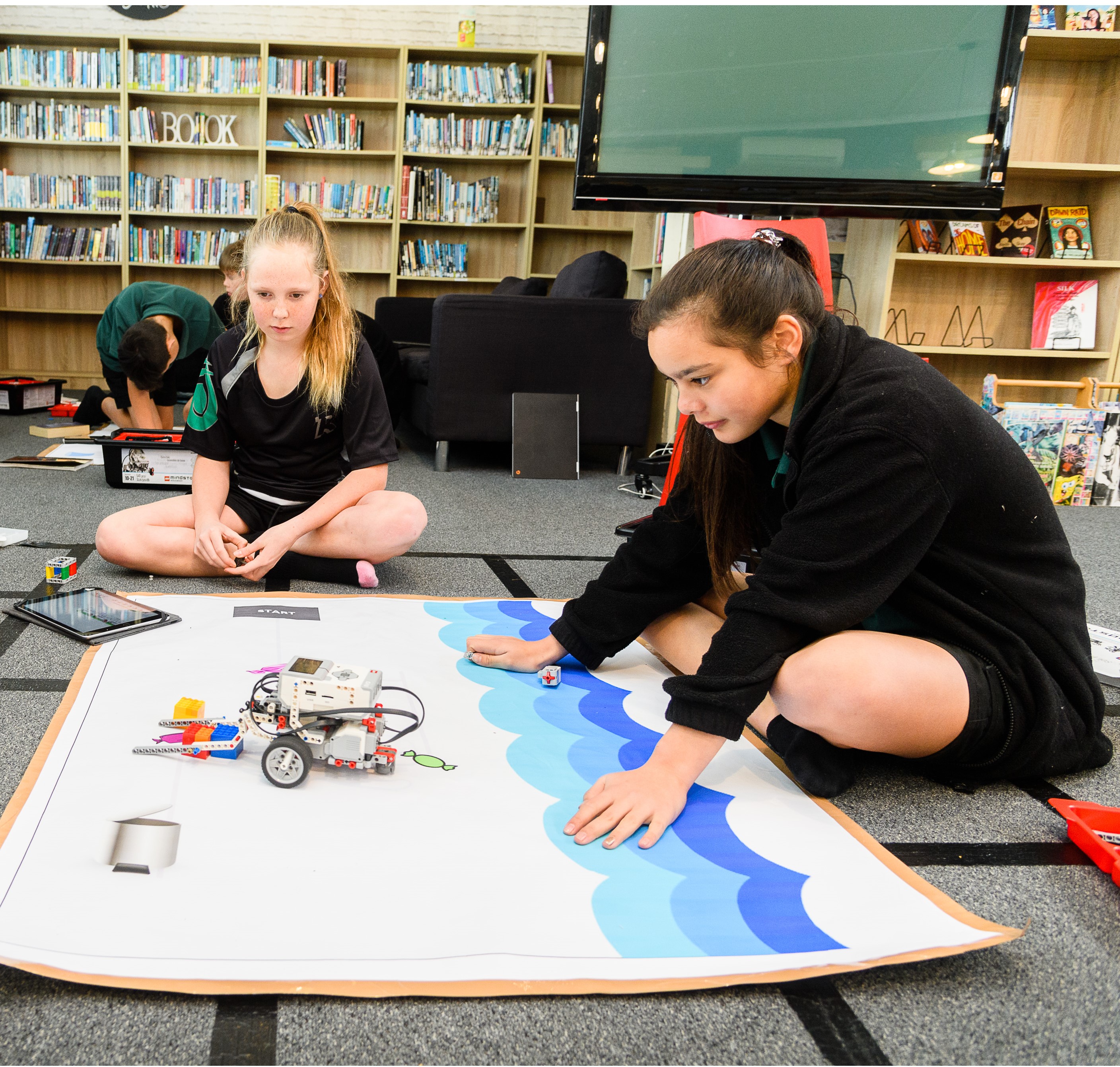
Rutherford’s role in this year’s roll-out of the curriculum is on the sector group that considers schools’ applications for a share of $24 million in PLD funding. There have been two funding rounds since the beginning of the year and so far about 150 schools have received funding to run professional development for their staff.
Rutherford urges schools to move quickly to organise an application – it’s a simple one-page form that takes about half an hour to complete, and Communities of Learning can also apply.
“CoLs should be applying for that contestable funding. That would be a really good pathway of building up a core group of people with some knowledge, and then take that out into the individual schools,” says Rutherford.
So far, most of the schools that have applied for the contestable funding are already “naturally on this journey” and he’s concerned that it may become an equity issue if some schools are slow to take up the offer.
Total funding to support schools and teachers in the rollout of the technology curriculum is $38 million, which Rutherford describes as woefully inadequate considering schools and kura are expected to integrate the Digital Technologies and Hangarau Matihiko curriculum content by 2020. It will be taught from Years 1–10, with the option to specialise from Years 11–13.
An All Equity Fund is receiving $6 million of the funding, which can’t be used to supply computers to students and will reach 12,500 students a year over three years.
“They [the Ministry] wanted discreet learning opportunities for students to do outside of the classroom, and so they put it out for tender. They had two contracts come back in – The Museum of New Zealand Te Papa Tongarewa (Te Papa) and Karrikins Group.
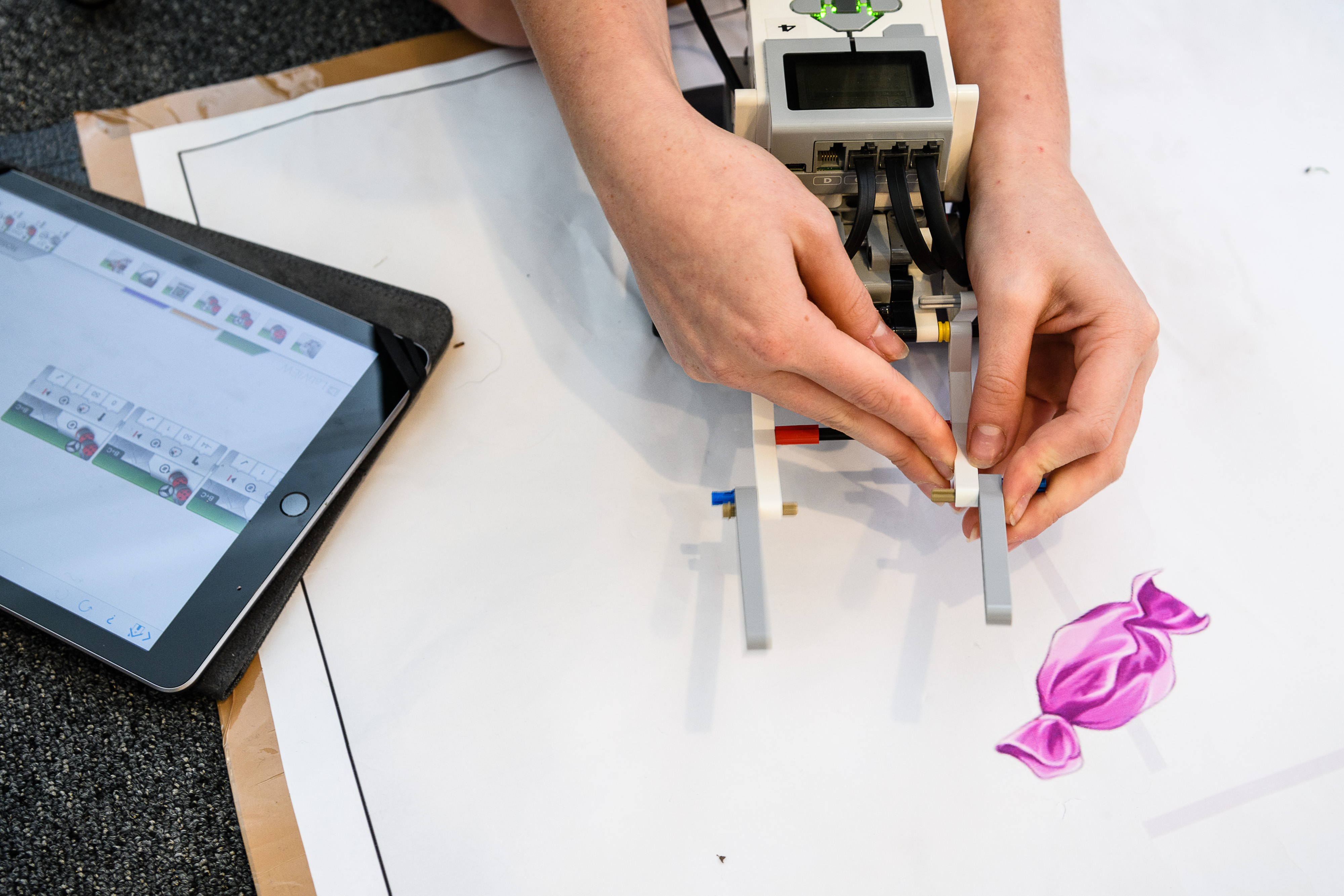
“Karrikins Group is going to deliver six 45-minute sessions a year over three years. They’re based out of Auckland, Hamilton, Christchurch, and as a part of that, 20 percent has to be a roadshow. I could imagine that just being Christchurch and a radius around it,” says Rutherford.
The Digital Ignition programme will include robots, 3D printing and coding and emphasise an ability to think digitally. Te Papa will partner with other museums and bring technology-rich learning to students, who will be able to “tell their own stories as they build their knowledge”, according to a ministerial announcement.
“What it doesn’t do is actually bridge the reality that some kids are disadvantaged compared to all of those other kids that have internet and computers and stuff coming out of their ears. So, the Ministry’s idea of equity is one-off learning opportunities as opposed to [addressing] the systemic issues of inequity,” says Rutherford.
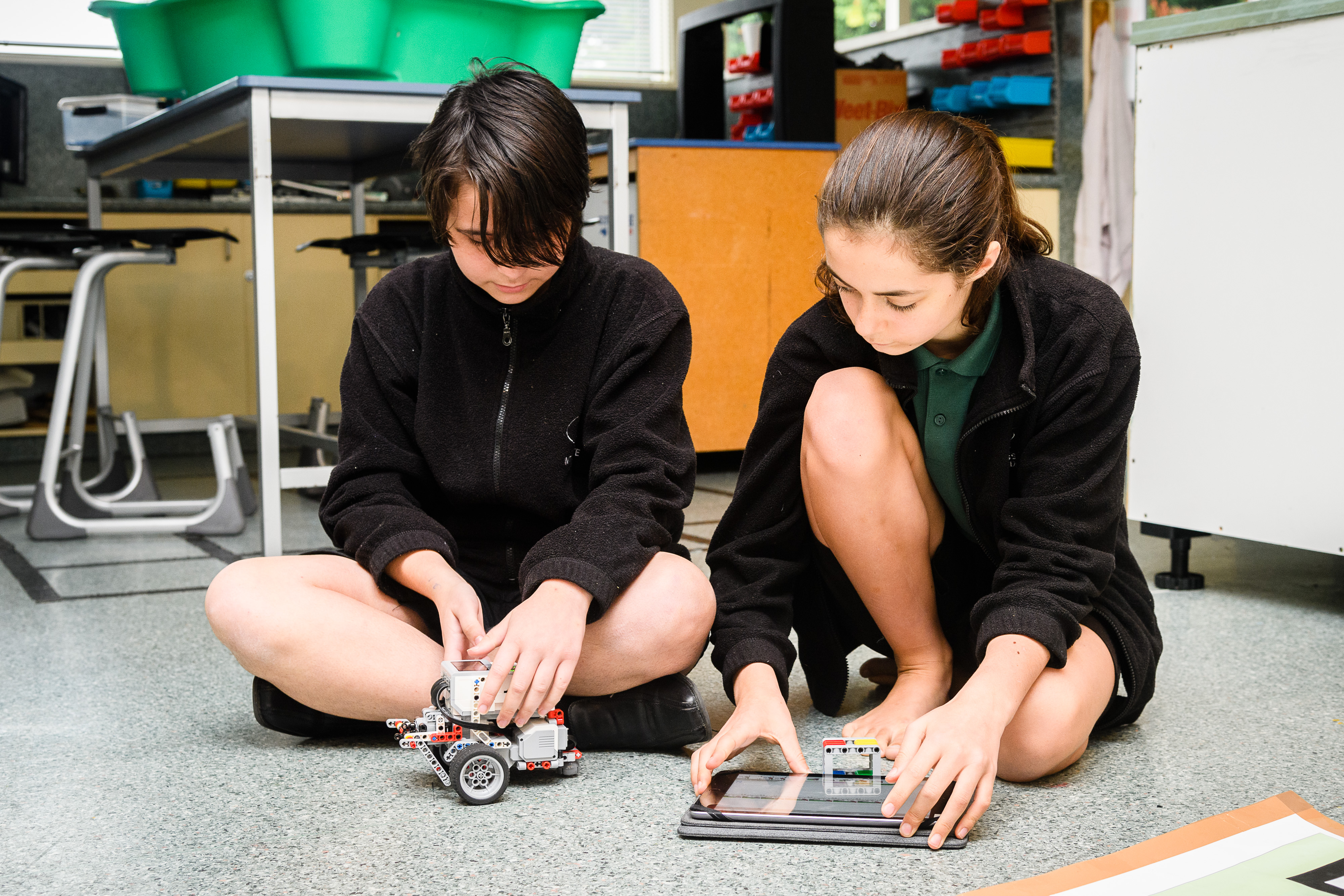
Rutherford’s advice to schools uncertain how to begin incorporating the new curriculum is to seek out other schools that are already partway through the journey and just get started.
“Come to understand that this document here sits within the technology curriculum, and so it is not completely new in terms of that technology process that you work through, around designing things. It’s talking about some really cool things, around authentic context, the use of defined process to develop, test and evaluate something, and then they consider the social, ethical, and end-user considerations. That’s the stuff that I think should be at the heart of a good enquiry process.”
He says that teachers need to understand what the new curriculum is trying to achieve and dispel the myths that every child needs to have a computer and everyone has to learn to code or is going to be on screens all the time.
“Because that’s not the case. And actually, see how this strengthens the current technology curriculum and the possible links for integration into what you’re doing.
“At its core is that chance to do some real cool stuff, in the way that we think about working with kids, and I think this offers us a really good pathway to have a really integrated curriculum, which is a bit of a personal passion of mine.”
Making digital relevant and reflective to Māori
While the development and vision of Digital Technologies and Hangarau Matihiko began together, it soon became apparent that the Hangarau Matihiko needed to develop its own identity.
Initial consultation showed a desire amongst kaiako and tamariki for a stronger connection between Te Ao Māori and Hangarau Matihiko.
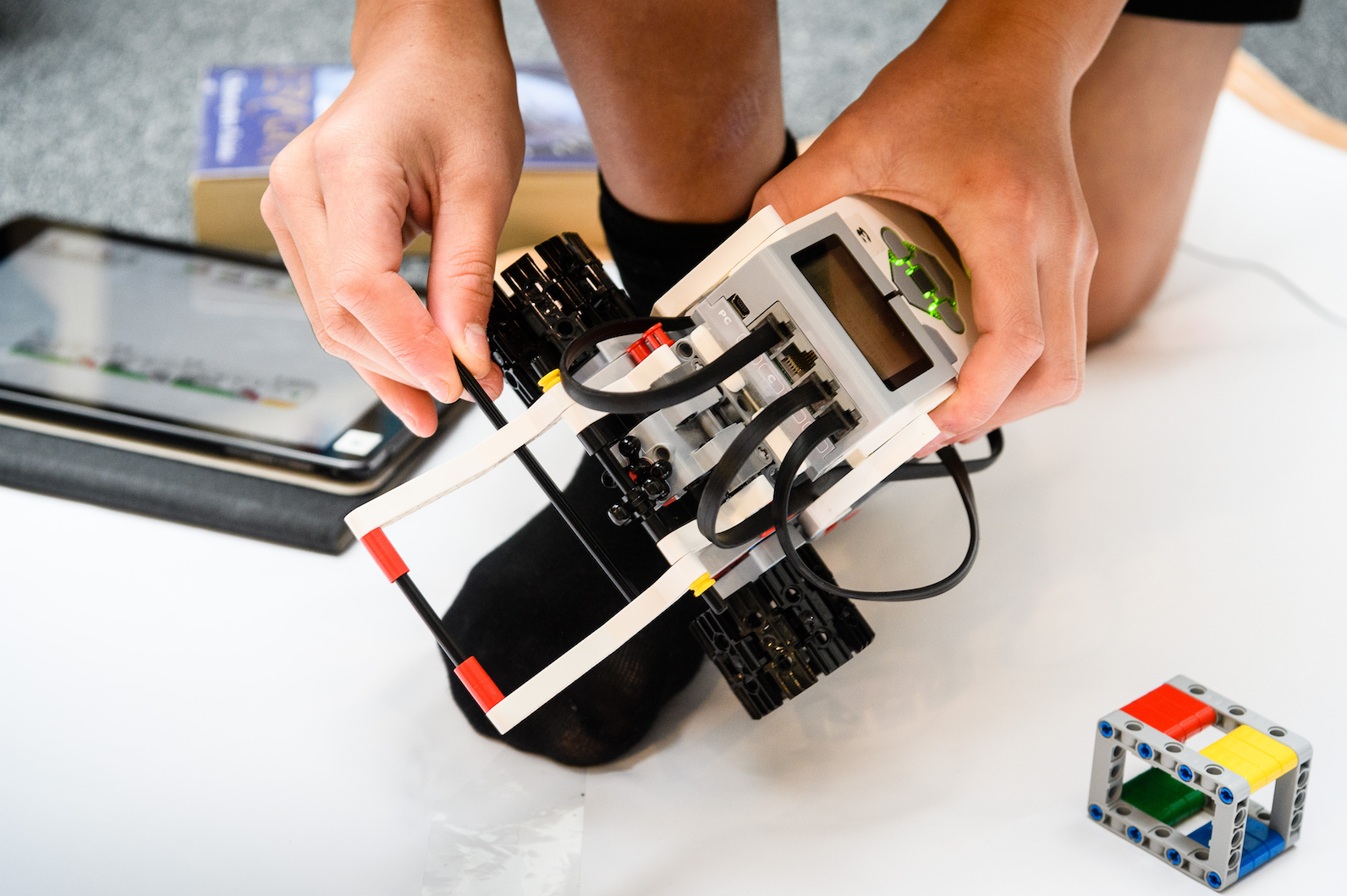
The Ministry of Education’s ELSA (Early Learning and Student Achievement) Te Reo Māori Group, Senior Manager of Curriculum
Design and Assessment, Glenys Hauiti-Parapara, says part of that Maori world-view is deliberately thinking about the potential impact of digital
technology that is being designed.
“What is the impact on people, on the environment, on whānau – and make decisions about whether we should do that or not,” she says.
“Another really important story we want to tell through Hangarau Matihiko, is that this computational thinking and designing digital outcomes isn’t new to Māori – that in actual fact, in our whakapapa, in our histories, Māori have always done this type of thinking.
“If you think about navigating from Hawaiki to Aotearoa, there had to be some computational thinking that occurred. We really wanted to encourage that narrative, that actually it’s not a new thing for today – that Māori have always done this. Today there might be different, new tools, but actually the practice of the thinking and the designing isn’t new,” says Hauiti-Parapara.
“We really wanted to encourage that narrative, that actually it’s not a new thing for today – that Māori have always done this. Today there might be different, new tools, but actually the practice of the thinking and the designing isn’t new.”
Glenys Hauiti-Parapara
Hangarau Matihiko has two progressions – Te Tangata me te Rorohiko, and Te Whakaaro Rorohiko, which combine both the technical aspects of digital technology progressions, and also have woven through them how to articulate computational thinking and the importance of that through Te Ao Māori.
“In Te Tangata me te Rorohiko, we’ve really integrated in there the values, principals, and tikanga Māori as you are designing digital outcomes – what are the really important things. So it is a connection between Te Tangata me te Rorohiko, and what do you have to consider. So the whole digital citizen,” says Hauiti-Parapara.
The curriculum has a two-year implementation period, for both English and
Māori medium, in acknowledgement that teachers will need time to learn how to use it.
Natasha Ropata, Senior Advisor Te Reo Māori aspects of Hangarau Matihiko within their Hangarau teaching and learning programme, but are reassured that the Ministry’s new amended curriculum provides additional support.
“There are others saying, ‘oh, we are way ahead of you, come on Ministry, catch up. We have been doing digital technologies for years, but it just hasn’t been identified as such’.
“A lot of Māori medium kura are already and/or heading more towards thematic planning, delivery and assessment. It’s integrated learning, so digital technologies – depending on what the theme is – could be part of a group of subjects supporting a theme. It’s heading that way, so digital technologies definitely can integrate with any theme, subject, and/or learning area of the curriculum”.
Ropata says that in the new digital world, the challenge for Hangarau Matihiko is to ensure that traditional Māori principles and protocols are
retained.
“It’s being able to unpack that for the tamariki to understand, that computational thinking is not a foreign thing, it’s actually a traditional way of thinking.”
Online resources
The plan on a page: Digital Technologies and Hangarau Matihiko learning
It’s ready to roll
Lead Advisor for the Ministry of Education’s Digital Technologies, Mark Grams is part of the team rolling out the support package to schools and kura during the implementation stage. He says it starts with schools and teachers determining where they are in their confidence and knowledge of what the digital technologies curriculum content is about.
Getting started
The Nationwide Digital Readiness programme is designed to strengthen teachers understanding of digital technologies.
“An online self-review tool assesses how much knowledge you already have, about learning and digital technologies, and it puts you onto a personal learning pathway,” he says.
Grams says that teachers can do this on their own, or alongside their peers (with their own individual accounts). Leaders can encourage their staff to take part. Another face-to-face feature of the support is the contestable fund for Tailored Digital Technologies and Hangarau Matihiko Professional Learning and Development (DT & HM PLD). Grams says a “cool feature” of that is that through a few questions, schools are challenged to determine where they are in their digital technologies journey as well as being given
recommendations on where to start as well.
“For example, if your school is not confident using digital technologies to support teaching and learning across the curriculum, digital fluency may be the best place to start, which has been available since 2016,” he says.
“If your school is already quite confident with digital fluency generally, it will recommend you do digital readiness, and possibly the Tailored DT & HM PLD. If you already have a good background in learning in digital technologies the DT & HM PLD is designed to support schools to integrate digital technologies into their local curriculum,” he says.

Digital fluency support
If your school or kura needs support so that all teachers can confidently use digital technologies in their teaching and learning programmes across the curriculum, consider first applying for regular Digital Fluency PLD via your local area office. Digital fluency support is designed to enable teachers and kaiako to confidently use digital technologies, programmes and devices to support all of their teaching and learning programmes.
Ready to implement
The Nationwide Digital Readiness Programme Kia Takatū ā-Matihiko may be your next step; this programme is an introduction to the new curriculum content and teaching strategies. The programme will be provided through online and face-to-face support directly from the Ministry’s provider Core Education, tailored to the learning needs of individual schools, kura and Communities of Learning/kāhui ako. Also there is the ability to be able to network face to face with each other to gain ideas and insights, view explanatory videos, and train as a digital leader if desired.
Sign up to the programme here.
Once you understand the new curriculum and are ready to implement it
Schools, kura, Kāhui Ako, department heads and school leaders will be able to apply for tailored PLD to assist in integrating the new curriculum content
into their teaching and learning programmes. Once an allocation has been made they will be able to work with an accredited facilitator to build a PLD
plan specific to their needs. Apply here.
Grams says digital technologies are aiming for a future-focused curriculum to teaching and learning, “and just making sure that the learning our learners experience is meeting the needs of an increasingly digital world.
“You would think with digital technologies changing so fast, that it would be hard [to future-proof the curriculum]. But although devices themselves change really fast, the underlying computer science principles behind them such as algorithmic thinking, data representation and programming have remained largely the same. Our curriculum writers were tasked with ensuring the content would be future-proof.”

